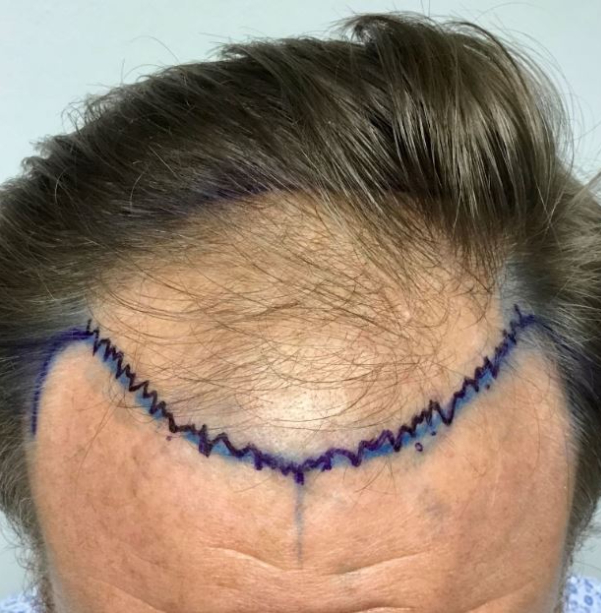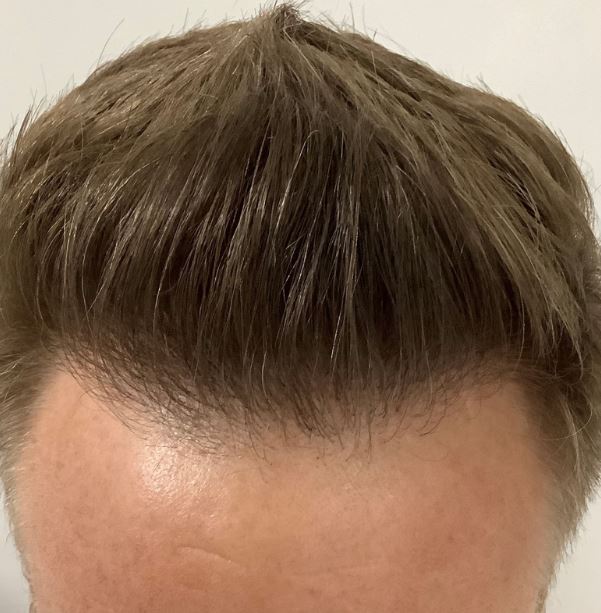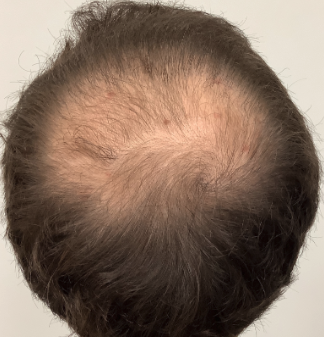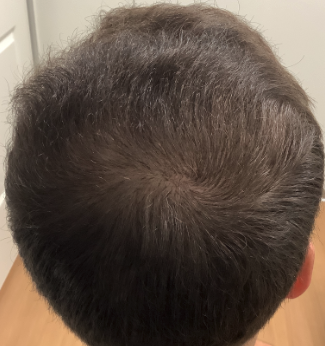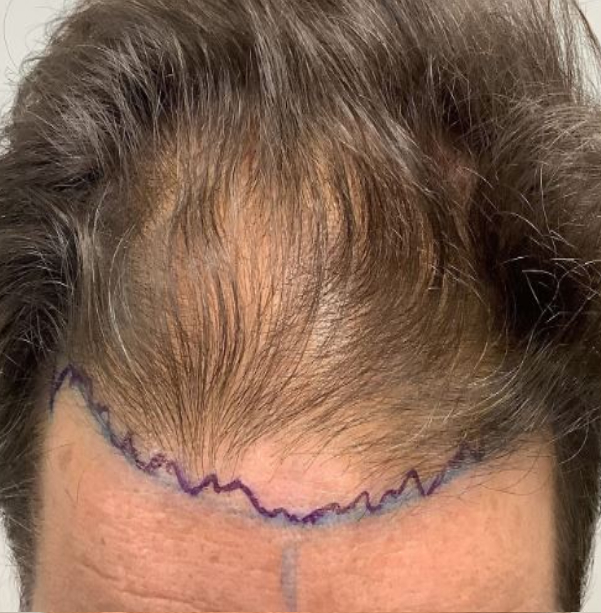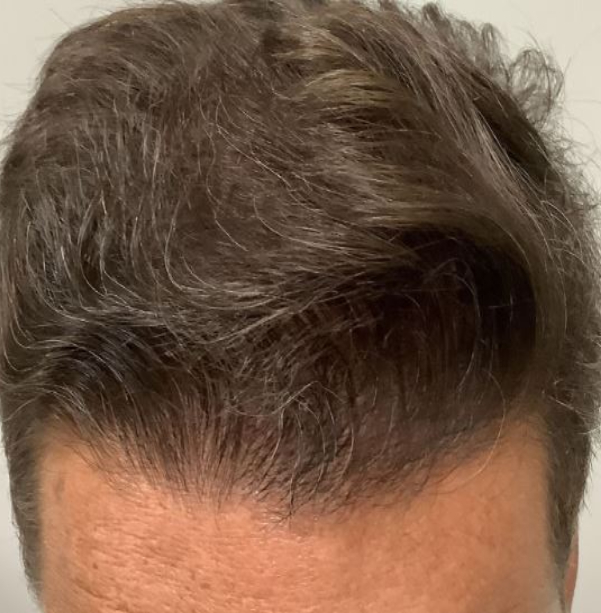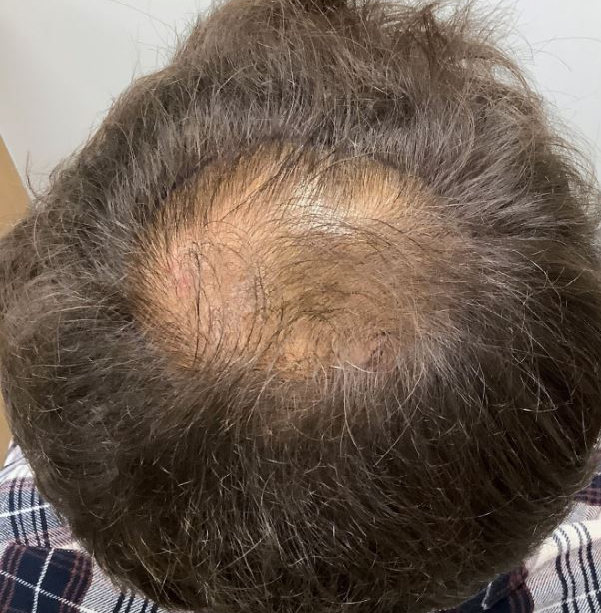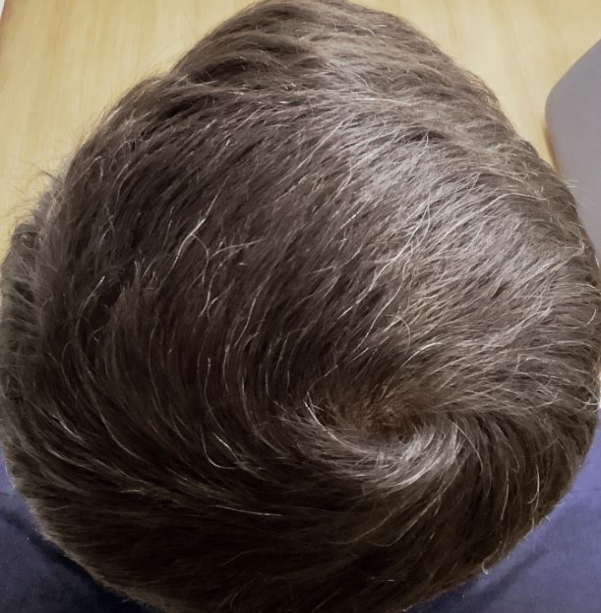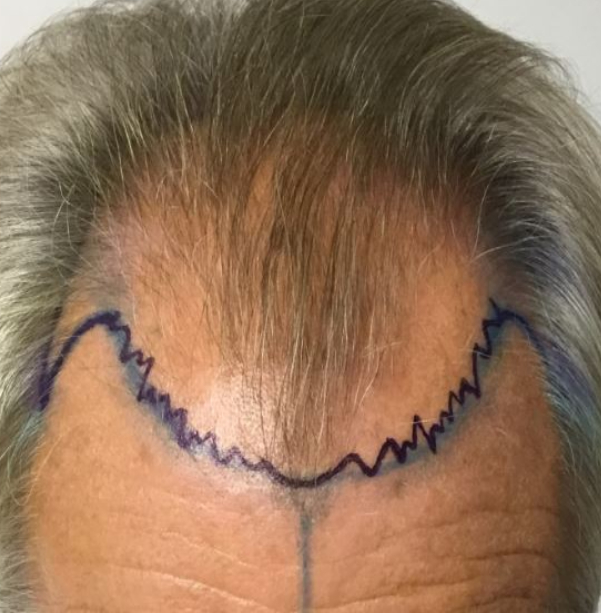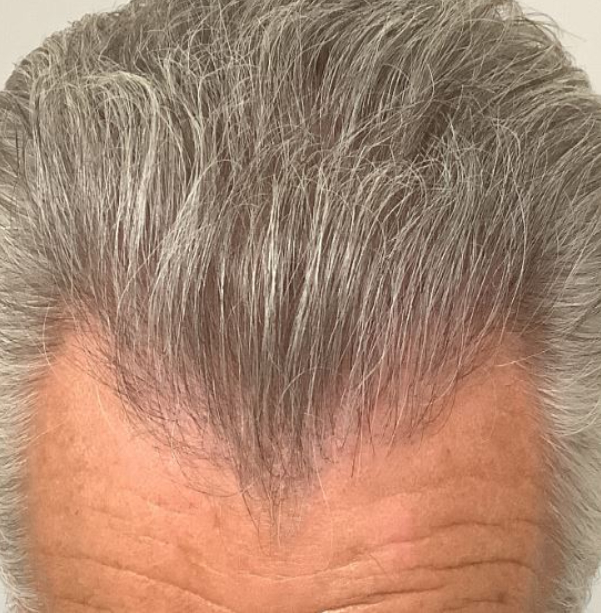Understanding Hair Loss
I’m Losing My Hair… Now What?
When performed by an experienced physician, a hair transplant surgery can produce lifelong results that are so natural that even hair stylists cannot detect them. Choosing the best hair restoration procedure and physician is critical to your hair restoration success.
But first, it’s important to understand why you are losing your hair in order to make the right decision going forward.
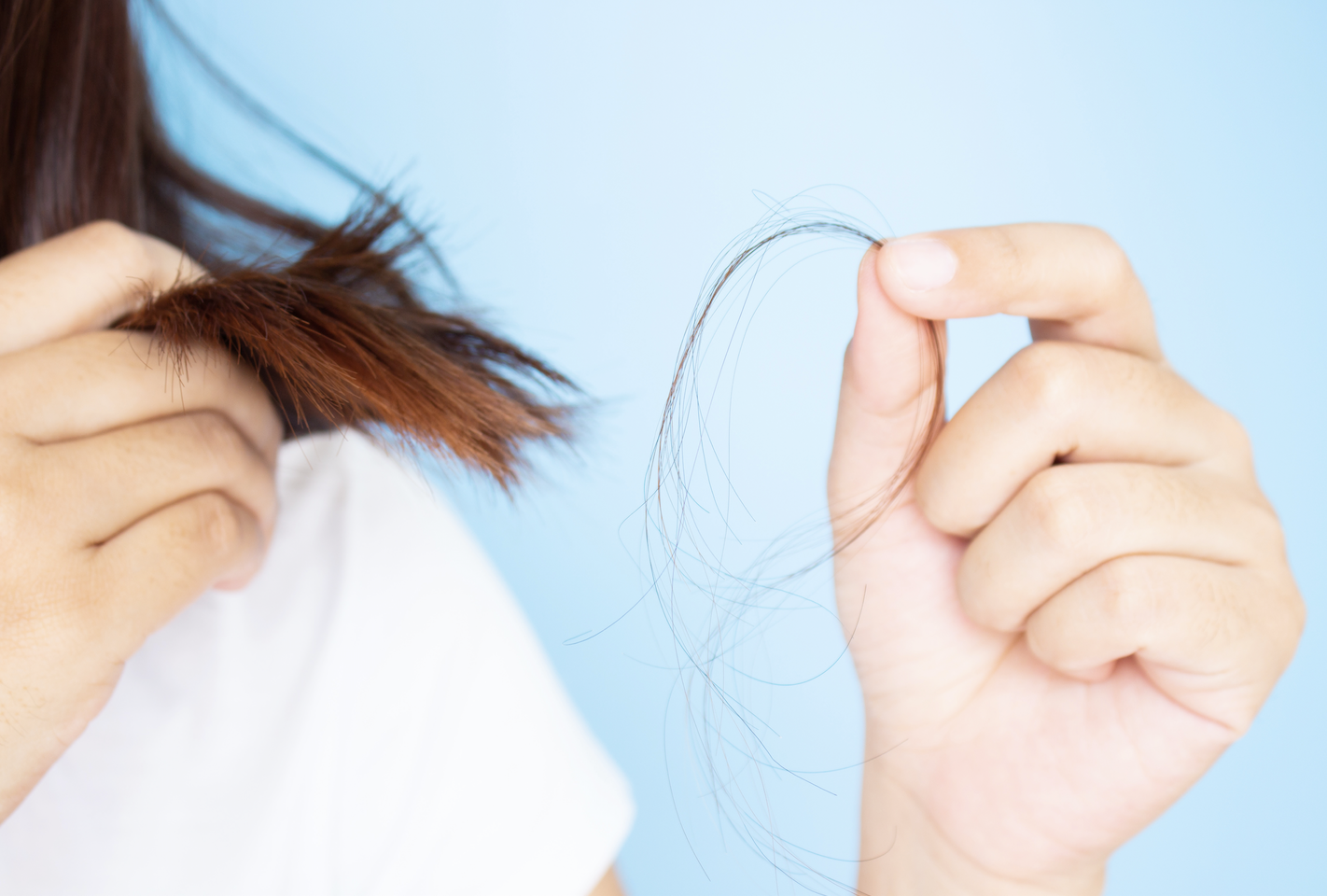

How Hair Grows
The portion of the hair that we can see is called the shaft. Each shaft of hair protrudes from its follicle, which is a tube-like pouch just below the surface of the skin. The hair is attached to the base of the follicle by the hair root, which is where the hair actually grows and where it is nourished by blood capillaries. Like the rest of the body, hairs are made of cells. As new cells form at its root, the hair is gradually pushed further and further out of the follicle. The cells at the base of each hair are close to the blood capillaries, and are living.
As they get pushed further away from the base of the follicle they no longer have any nourishment, and so they die. As they die, they are transformed into a hard protein called keratin. So, each hair we see above the skin is dead protein. It is the follicle, which lies deep in the skin, that is essential in growing hair. Also, the thickness of each hair depends on the size of the follicle from which it is growing.
Hair growth is not a continuous process: it has several stages…
Stages of Hair Loss.
1. Anagen Phase:
The first phase is the growing stage. Hair grows at about 1 cm each month, and this phase can last between 2 and 5 years.
2. Catagen Phase:
As this phase begins the bulb detaches from the blood supply and the hair shaft is pushed up.
3. Telogen Phase:
This is followed by a resting stage, during which there is no growth. This phase lasts about 5 months. At the end of the resting phase, the hair is shed, and the follicle starts to grow a new one. At any moment, about 90% of the hair follicles of the scalp are growing hairs in the first phase; only about 10% are in the resting phase. If a follicle is destroyed for any reason, no new hair will grow from it.
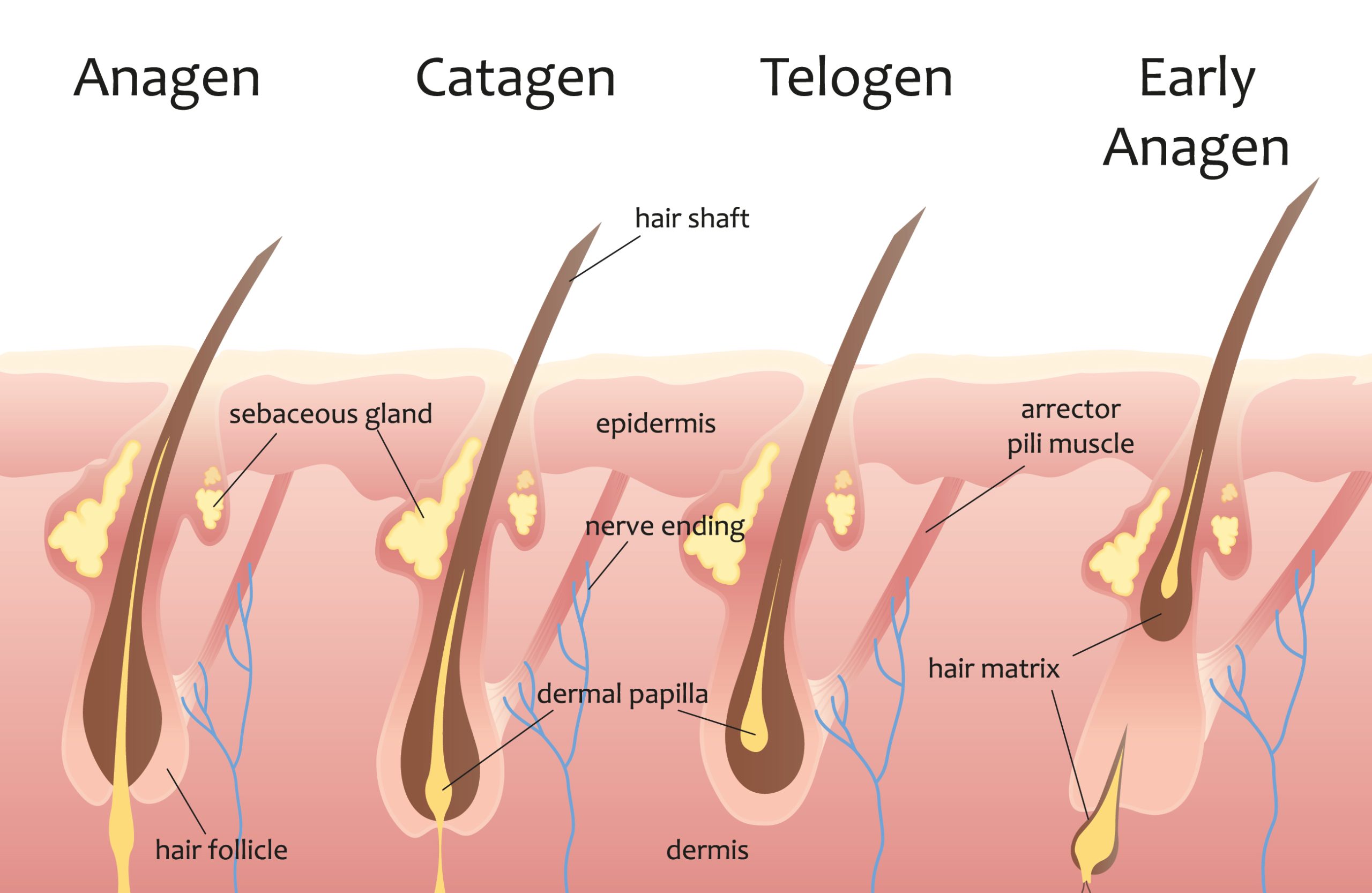
Stages of Hair Loss.
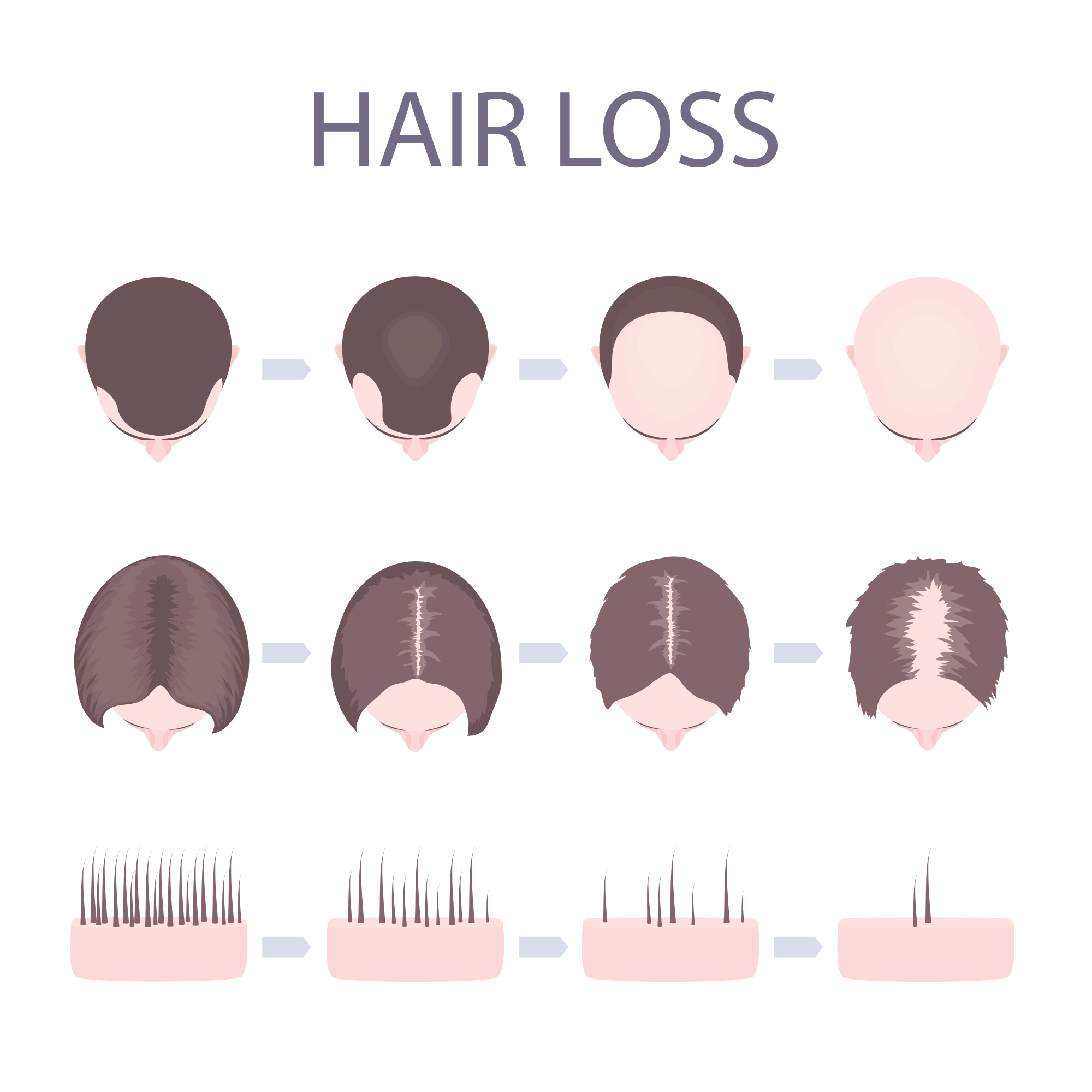
How Baldness Occurs.
If any of the stages of hair growth are disrupted, the individual may become bald. For example, if follicles shut down (meaning that they stay in the resting phase, and then shed the hair) instead of growing new hairs, there will be less hair on the head. Another reason might be interference with the formation of new hair cells at the root during the growing phase. If follicles have been destroyed (i.e., a burn, loss of layered skin or trauma), there will be baldness in that area. An individual can also look bald if the hairs are growing but are so fragile that they break just as they emerge from the follicle.
In the most common causes of hair loss, i.e. androgenetic male and female pattern hair loss, genetic and/or hormonal influences lead to a shortening of the growing phase which results in each affected hair being shed prematurely. Each new regrowing hair becomes shorter and finer than its predecessor. Progressively, this visibly results in thinning, or in more advanced cases, the hairs become so small (we call this miniaturization) that the scalp appears completely bald.


